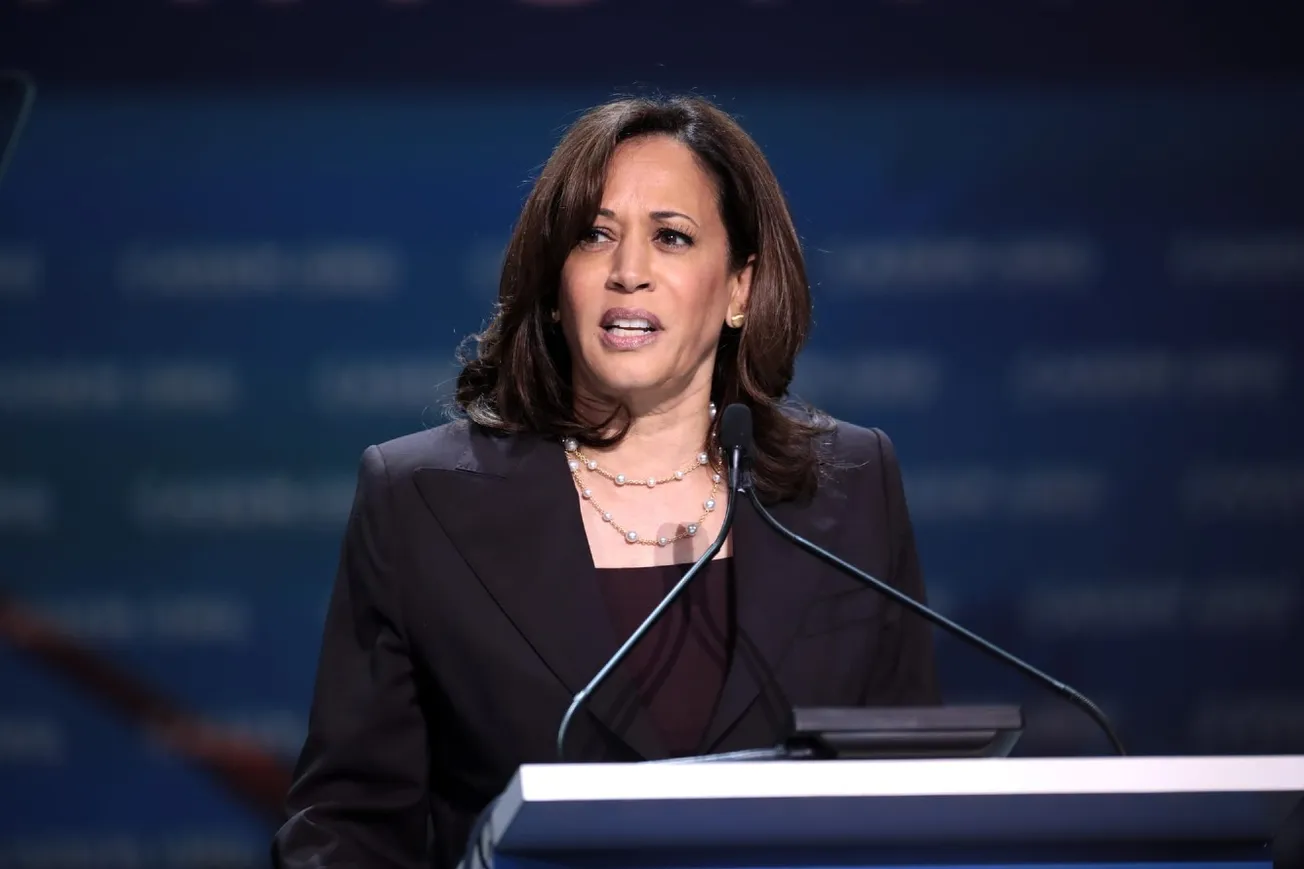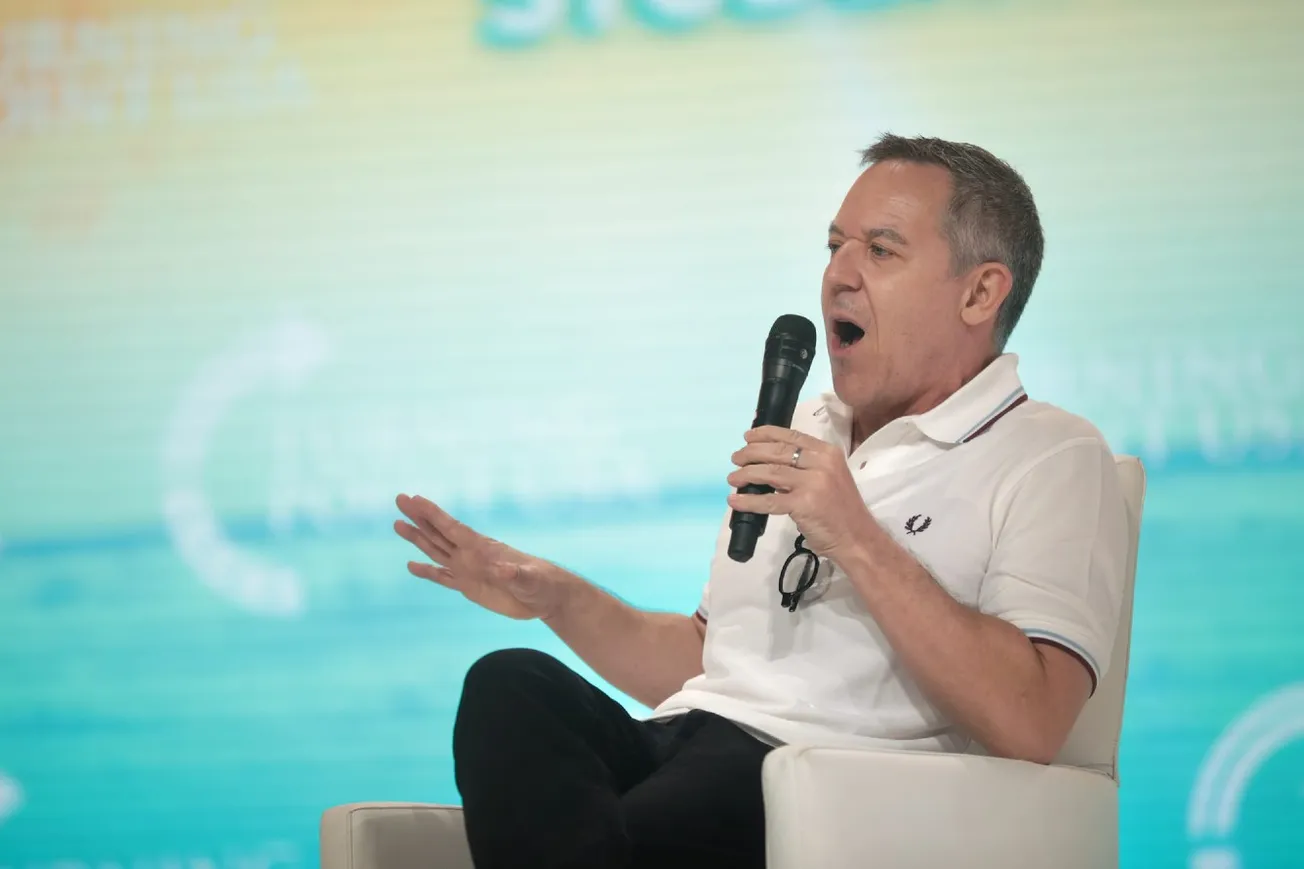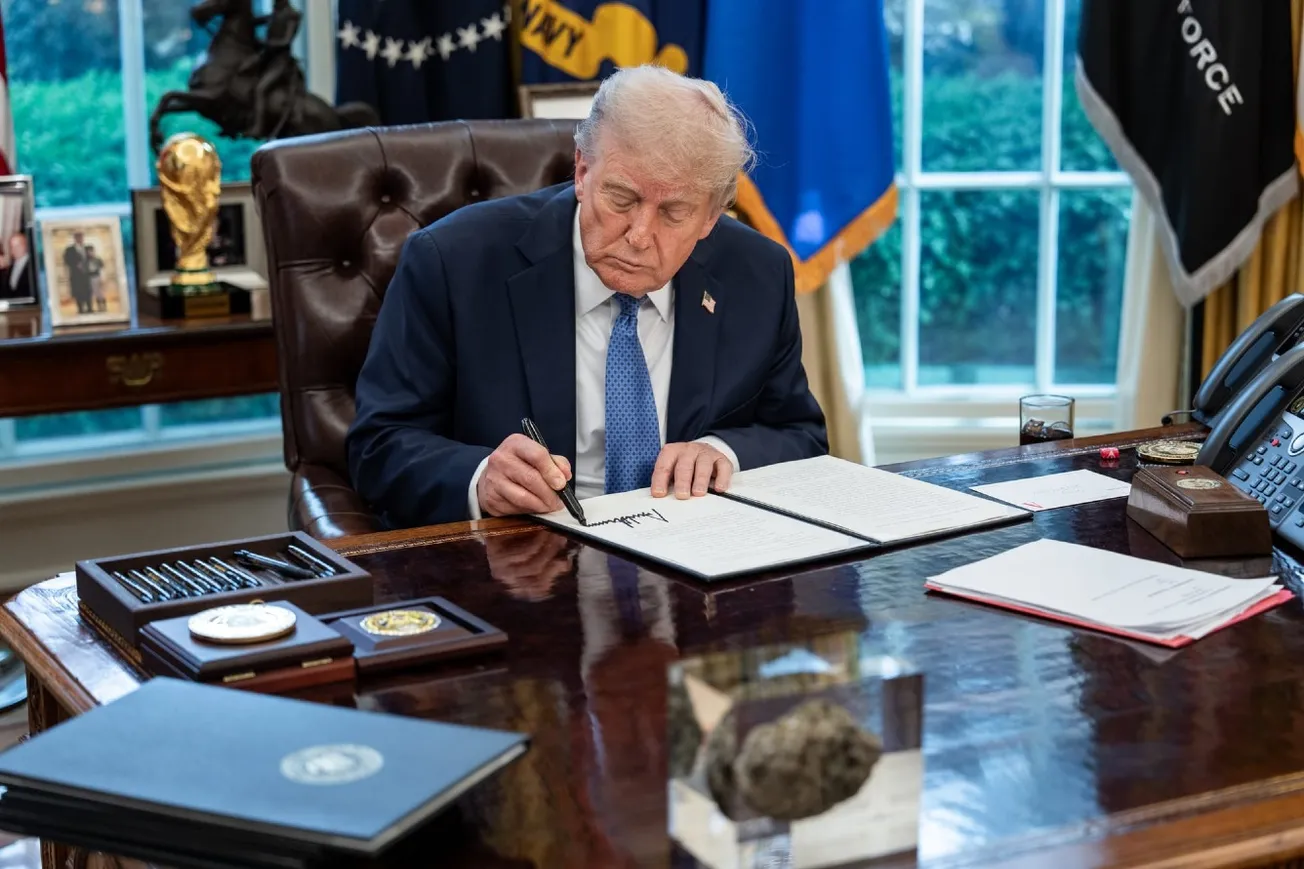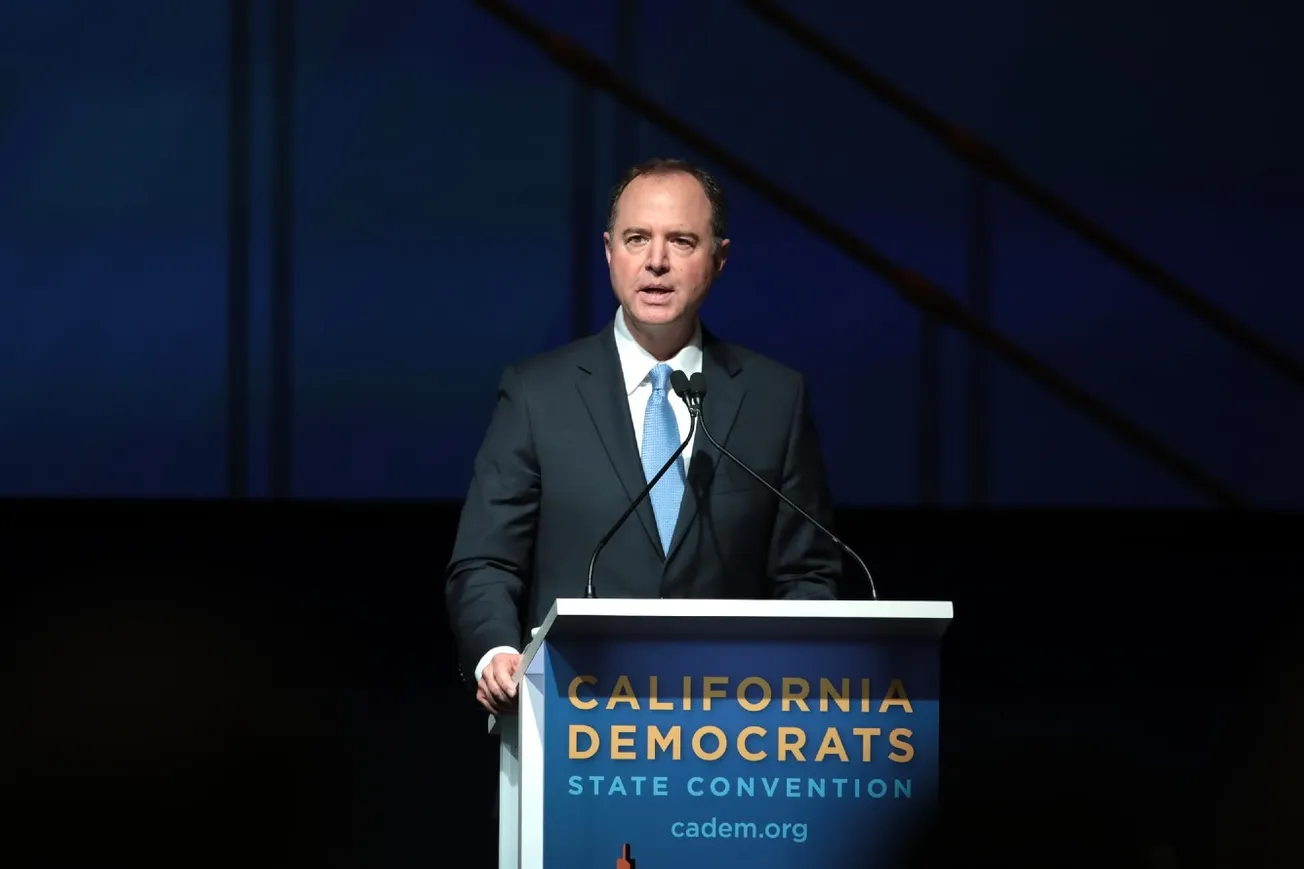Kamala Harris's team is employing former presidents Obama and Clinton as surrogates on the campaign trail.
The desperation went to extremes when the handlers had cameras capture former president Jimmy Carter, who recently turned 100, lying in bed, practically motionless and clueless, voting early for Harris. She followed up with a predictable line in one of her carefully choreographed appearances urging voters to vote early: "If Jimmy Carter can do it, why can't you?"
Bill Clinton was an unexpected disappointment on the trail when he admitted to a Georgia crowd that had Biden-Harris been more stringent in vetting illegal immigrants, Laken Riley, the young woman who was raped and beaten to death in the woods bordering the University of Georgia, would probably be alive. It was such a crucial observation that Bret Baier of Fox News used Clinton's remarks in his questioning of Harris during her infamous appearance last week.
However, far more than Clinton, Obama appears to be invested in the outcome of this election. Remember that Obama hastily led President Biden off that Los Angeles fundraiser stage when Biden looked lost. It was a turning point in the election as Obama soon after persuaded Hollywood star George Clooney to pen an op-ed in the New York Times urging Biden to step down. While Obama took nearly a week to endorse Harris after Biden did, he has been all in on the Harris campaign since.
Rumors have swirled that Obama, who never left Washington after leaving office, has been heavily involved in the campaign as the mystery puppeteer. Obama is believed to have led the Left's resistance during Trump's presidency and been the brains behind the disastrous policies of Biden-Harris. His senior advisers, including Susan Rice, Valerie Jared, and Eric Holder, have been close confidants of the Harris campaign.
Obama has become a bit rusty from not appearing in public as often since completing his two-term presidency. In his prime, Obama was such a draw for corporate media outlets that they fawned over everything he did from 2008 campaign announcement until the day he left (or did not leave) Washington. Obama became a fixture in American living rooms, and the glowing coverage often made many Americans sick. They had endured two terms of his presidency, but the media's caricature of Obama as God was a bit much for millions of Americans. That overexposure - and the likelihood that Obama would engineer a third term behind the scenes if Hillary won in 2016 - could have contributed to Hillary's defeat.
On the trail recently, Obama, attempting to correct the public's perception that they trusted Trump a lot more on the economy than Harris, engaged in the usual hubris for which he has been known. (Remember his 2008 campaign line: "We've been the change we've been waiting for?").
I hear some people saying - you know, well, I remember the economy those first two years with Trump - they were pretty good. And I say it was good because it was my economy that I gave to him.
I had spent the previous eight years cleaning up the mess that the Republicans had left me. So when I handed over the economy to Trump - we had 75 months of job growth.
This claim was so off and deliberately deceiving that we thought it deserved some context and fact-checking.
GDP growth: The average annual GDP growth rate over Obama's two terms was approximately 2.1%. This period was marked by a slow but consistent recovery from the Great Recession, with efforts to stabilize the financial system. Obama pushed tax increases and increased regulation, so for him to argue that he left Trump a well-run economy is dishonest, when Trump took the opposite approach that resulted in stellar growth.
By contrast, in Trump's first year (2017), GDP growth was moderate at 2.3%. However, corporate tax cuts and deregulation initiatives helped boost business confidence and investment in 2018, pushing GDP growth to 3.0%, the fastest increase since 2005. The stock market performed well, and consumer confidence remained high.
In 2019, GDP growth fell to 2.2%, which was still higher than the average of Obama's eight years. COVID-19hit in 2020, and it helped tank the economy to -3% as federal, state, and local governments forced businesses to shut down and residents to stay home.
Other economic factors: Obama had one of the worst unemployment records of any modern president. His policies of heavy borrowing to bail out companies and the passing of the Affordable Care Act, which increased deficits, contributed to terrible times for the average American household.
In 2009, the unemployment rate under Obama reached 9.3% (compared to about 4.1% now) and peaked at 10.0% in October 2009, a record in recent memory. It stayed at above 8.1% throughout his first term and should have been sufficient to render him a one-term president. But you need someone to beat someone, and Romney-Ryan was not good enough. It is little wonder that Obama received about four million fewer votes in 2012.
Unemployment steadily dropped during his second term, but even at the end of it, it was above 4.9%. But, many structural changes happened during the Obama years. Workforce participation rates fell, meaning people got so fed up with not being able to find jobs that they stopped looking for employment altogether and stopped being counted in the unemployment numbers.
By contrast, Trump's economic leadership was stellar for the average American family. His tax cuts and war on regulation prompted business activity to explode. Unemployment rates dropped to 4.4% during 2017, a level that most economists consider is "full employment." In 2018, this fell to 3.9%, a remarkable situation when "We are hiring" signs went up everywhere as employers struggled to find workers.
Many Americans, having multiple job offers, began turning opportunities down. Black, Hispanic, women, and Asian-American unemployment went down to levels not seen in 60 years. In 2019, unemployment fell even lower to 3.7%. Yet, core inflation during the Trump years was admirably close to the Fed's target of 2.0%. In 2018, it was 2.4; in 2019, it was 1.8%. In December 2019, America became a net energy exporter for the first time since the 1960s. By producing and selling oil to international markets, America became a direct competitor to Russia's oil-export machine.
American administrations seamlessly transition power every four years, so it isn't always easy to correctly credit a single president for economic performance. But, Obama's claim that he was a far better steward of the economy than Trump was - and that Trump somehow bungled it up - is 100% wrong.









